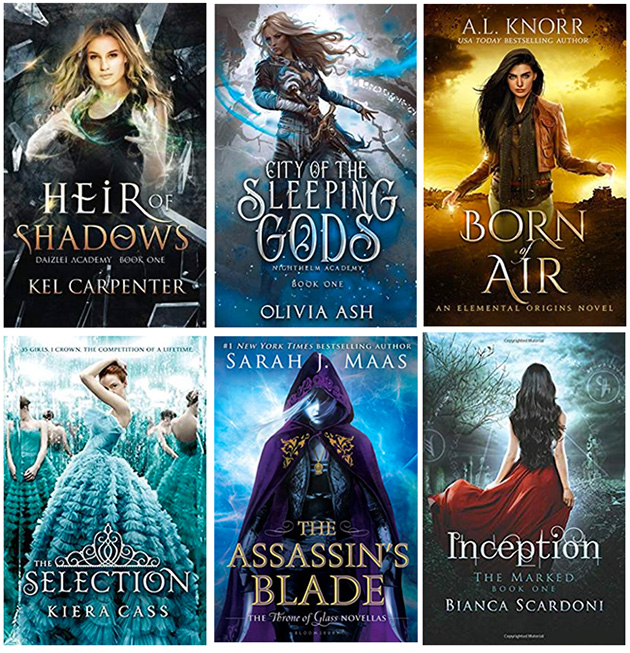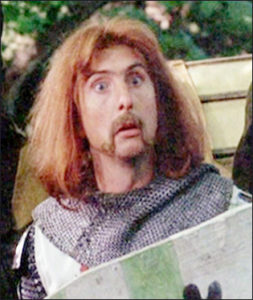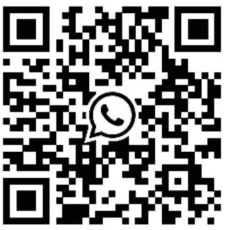I detail the entire experience of self publishing my book. The goal is to offer tips and strategies so you can learn from my successes and mistakes. This week: cover design and interior formatting.
Cover design
Authors spend so much time writing/rewriting/editing their books, but at the end of the day, that is the third most important element in determining if someone will buy it. After all, if you’ve done a poor job of crafting your metadata, readers will never find your book. And if your cover design sucks, no one will click on it. It’s that simple.
Viewed through that lens, cover design is just as important as — if not more important than — the contents of your book.
“A cover only has seconds to make an impact,” says Becky Rodriguez-Smith, Design Services Manager at BookBaby. “Our purpose is to create visuals that will grab a potential reader’s attention so that they click on the book to read more about it. To that end, the bolder the better.”
Of the three elements I mentioned above that determine your book’s ability to sell, two of them are things you can do on your own. Cover design, unless you are a professional designer, is not. You may have a great idea for a cover, but you won’t be able to execute it adeptly. So just get that idea right out of your head.

Cover design at BookBaby Printing
When ordering cover design from BookBaby Printing, you are asked several questions. Here they are, so you can get a sense of how to think about approaching design.
- Please give a brief description of the mood of your book.
- Describe the audience for your book.
- Do you have a cover design concept? If so, describe below.
- Do you have any color preferences?
- Please provide links of sample book covers that reflect your vision.
- Please enter any text for your back cover (e.g., quotes, book description, author bio) below.
- Is there any additional design information you’d like us to know about your front or back cover before we start your design?
There’s a bit of tension when it comes to design. On the one hand, you want something that instantly conveys your book’s genre and captures its tone. (If it’s a funny fantasy book, it needs to look like a funny fantasy book.) On the other hand, you don’t want it to look like every other book out there.
Those are all nice covers, but I knew I didn’t want that.
Conveying humor on a cover is challenging, too. Covers are either “wacky” or slapsticky, or there’s a picture of a someone deadpanning in a way where you can almost hear a trombone go “whomp, whomp, whomp, whomp!” In general, humor covers are, as my daughter would say, cringey.
So, to recap, I wanted something that screamed fantasy but didn’t look like every other fantasy book out there. And something that said funny, but not wacky.
Easy, right?
Well, surprisingly, yes. BookBaby got it right on the very first try. And I was convinced, right up until the moment when I opened the proof, that they wouldn’t.
 When ordering, BookBaby asks if you have any covers or images you like. I had a hard time finding any covers I liked, but I sent them an image of “Brave” Sir Robin from Monty Python’s The Holy Grail, saying “I know you can’t use this, but that’s kind of the tone I’m going for.”
When ordering, BookBaby asks if you have any covers or images you like. I had a hard time finding any covers I liked, but I sent them an image of “Brave” Sir Robin from Monty Python’s The Holy Grail, saying “I know you can’t use this, but that’s kind of the tone I’m going for.”
My designer emailed me a series of photographs of people dressed as knights making faces. None of them were right. BookBaby uses Getty Images for their stock photos, and although there are roughly 1.21 kabillion photos on Getty Images, there is not a single decent photo of a medieval person making a suitably funny face. (Lots of pictures of people dressed as knights smoking cigarettes, for some reason, and medieval people in slightly risqué situations, but no good, non-slapsticky photos.)
So, I wrote back, worried that my cover was doomed, and said, “Hey, if you can’t find a good image of a person, here are some elements from my book that might work.” I figured, perhaps we could suggest humor by highlighting an image that might seem out of place.
The first element I mentioned is a titmouse, a character that plays a prominent role in my book. But none of the images of titmice I could find seemed to work, so my hopes were not high.
A couple of days later, I got an email saying I had proofs to approve. I clicked on the link, held my breath, and opened my eyes.
This is the cover (front and back) BookBaby’s designer came up with.

